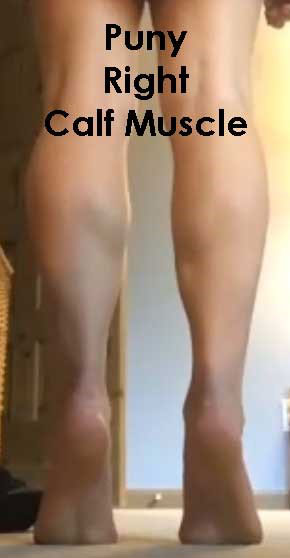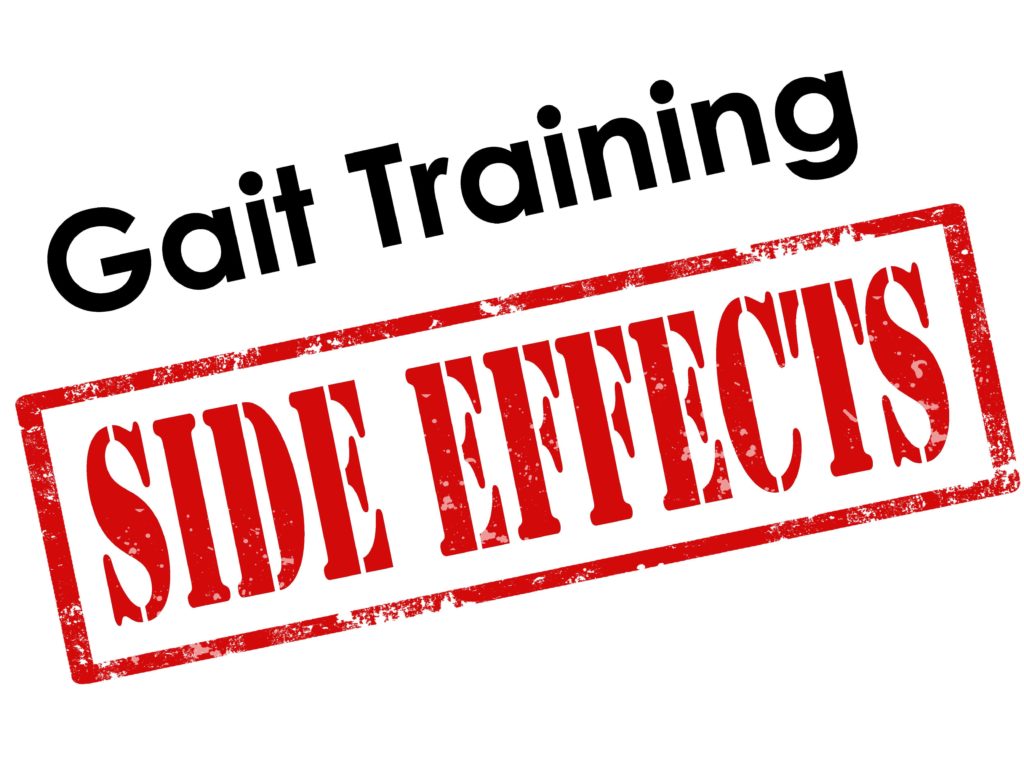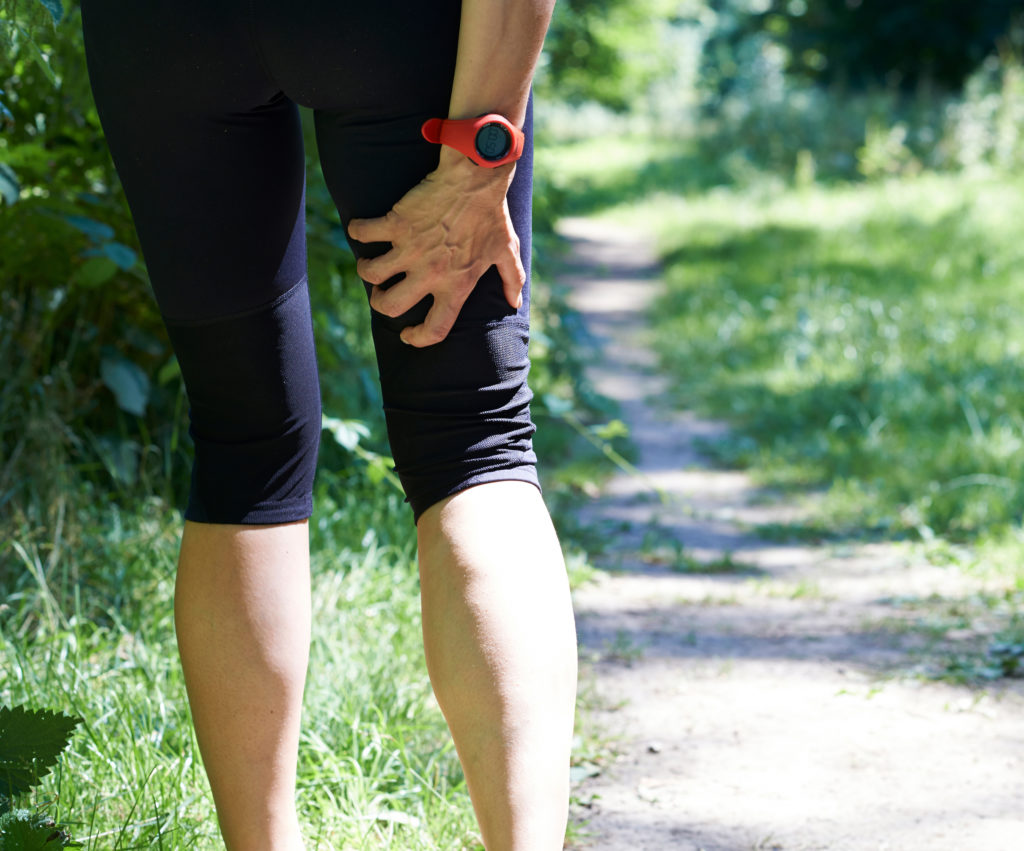Running
Choice of feedback for learning new movements
A common practice when addressing painful musculoskeletal pain syndromes is the symptom modification procedure. This procedure involves identifying the specific movement, posture, and/or activity that reproduces the patient’s symptoms. The symptom modification procedure alters performance. It is relatively quick as it occurs in one session. Altering performance is different than learning. An altered performance is…
Read MoreDownhill running – up does not equal down
Running uphill does not equal downhill running. The faster speed of running downhill does not equal the slower speed of running uphill. The rule of thumb expressed in Jack Daniels’ Running Formula the classic book by running guru Jack Daniels, states that every percent gradient of uphill will slow you by 12 to 15 seconds…
Read MorePuny Calf Muscles Syndrome
It is time to replace the common belief that stretching exercises should occur before exercise or sporting activity with a newer concept that strengthening exercises for the calf muscles should occur before exercise or sporting activities. During warm up for exercise & sporting activity make a conscious effort to walk with spring in your step. Reactivating & reversing puny calf muscles can prevent injury, increase athletic performance, forestall old person shuffle, & look better.
Read MoreSide Effects Occur During Gait Training
A side effect is a secondary effect, typically undesirable effect of a drug or medical intervention. Any intervention that can produce a therapeutic effect can also produce side effects or adverse effects. The current standard of practice is to provide informed consent before beginning evaluation and treatment. Informed consent includes identifying the benefits and…
Read MoreClinical Predictive Rules for Management of Plantar Heel Pain
Medical professionals rely on clinical practice guidelines to have better outcomes, lower utilization of care, and lower costs. These guidelines have limited value since they often fail to keep up with new research findings or recently available diagnostic or therapeutic interventions. For example: clinical practice guidelines are available for plantar heel pain (plantar fasciitis) from…
Read MorePotential Prevention Strategy for Exercise Associated Muscle Cramps
Exercise associated muscle cramp (EAMC) is a painful, spasmodic, and involuntary contraction of muscle that occurs during or immediately after exercise. The exact mechanism or cause of EAMC still remains unclear. There is a consensus the first aid treatment of EAMC is to stretch the affected muscle. However, Coppin and colleagues conclude that regular stretching…
Read MoreBetter cues & mental practice to improve skillful movements: Are external focus cues better than internal focus cues? It depends
Coaches, athletes, healthcare professionals, verbal cues, use mantras, self-talk, visual imagery, and skill training to improve movement. There are many cognitive strategies commonly used to improve human movement to move faster, farther, injury-free, and/or just look better moving. Types of cues: A substantial amount of research in the area of motor learning examines different types…
Read MoreGait Deviations Musculoskeletal Pain Syndromes: Is there a gait deviation or cluster of gait deviations which is common across musculoskeletal pain syndromes?
Gait deviations are considered risk factors and/or causative drivers for musculoskeletal pain syndromes. There is a growing body of research showing a relationship between gait deviations and musculoskeletal pain syndromes injuries: shin pain (here, & here,) ; patella-femoral arthralgia (here); IT band syndrome; Achilles pain; plantar heel pain (here, & here). There is growing consensus…
Read MoreSymptom modification of painful gait
Symptom modification procedure is common practice in the Physical Therapy profession. This procedure involves identifying the specific movement, posture, and/or activity that reproduces the patient’s symptoms. Historically diagnosis of musculoskeletal problems was based on examination which selectively provoked musculoskeletal tissues by compressing or stretching the various tissues to provoke the symptoms. This provided direction for…
Read MorePain walking/running deviant gait – self treat &/or seek expert assistance
Experiencing pain when walking or running can be a complex problem. Asserting a hypothesis is a systematic way to solve complex problems. A hypothesis is an “if-then statement” or conditional statement which can be tested, accepted, or refuted. Hypothesis: If you have pain walking and/or running, then gait analysis to determine if there is a…
Read More









